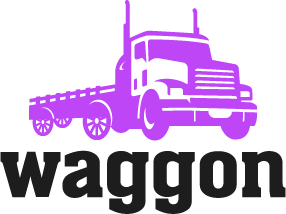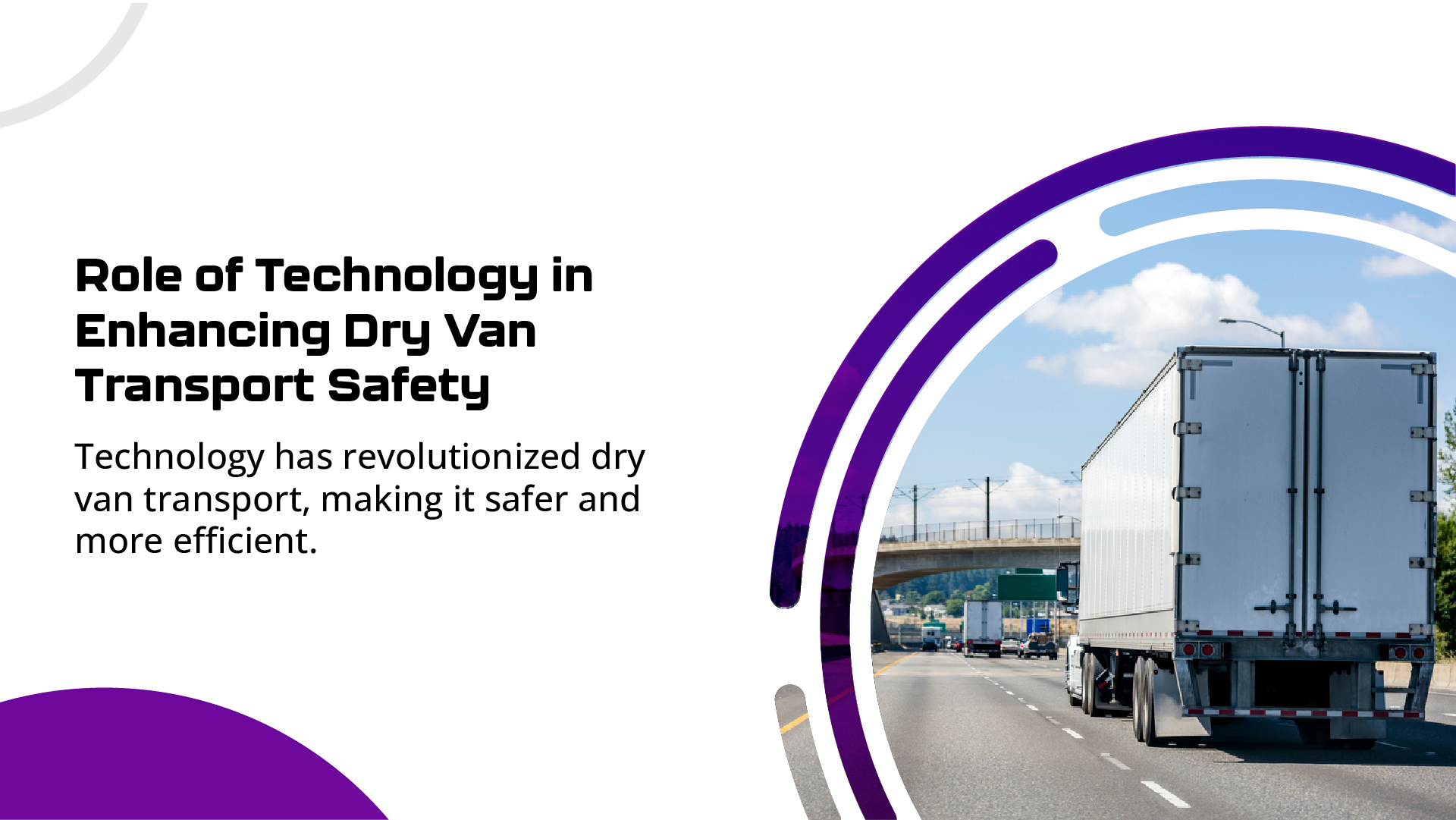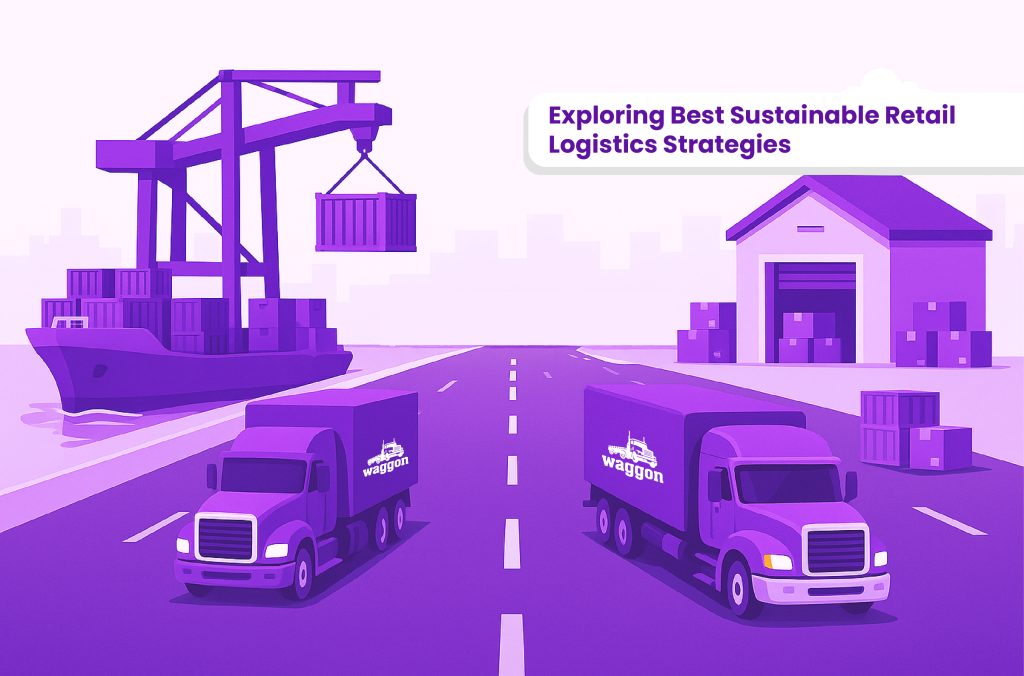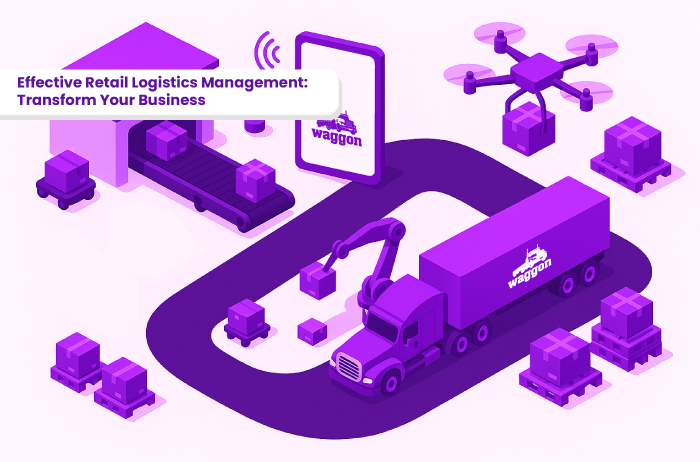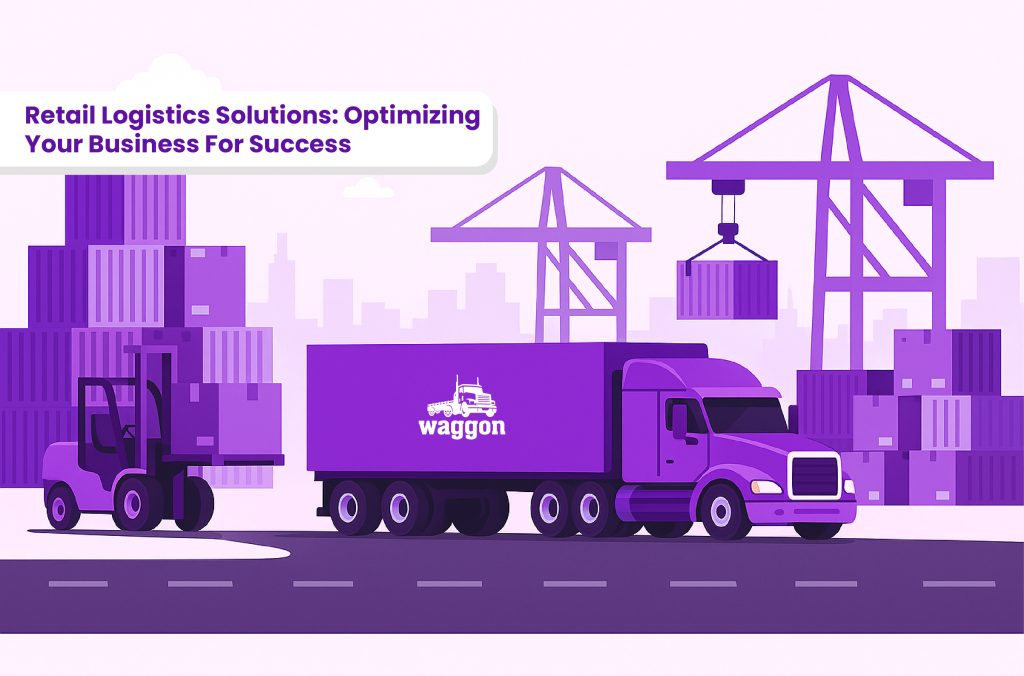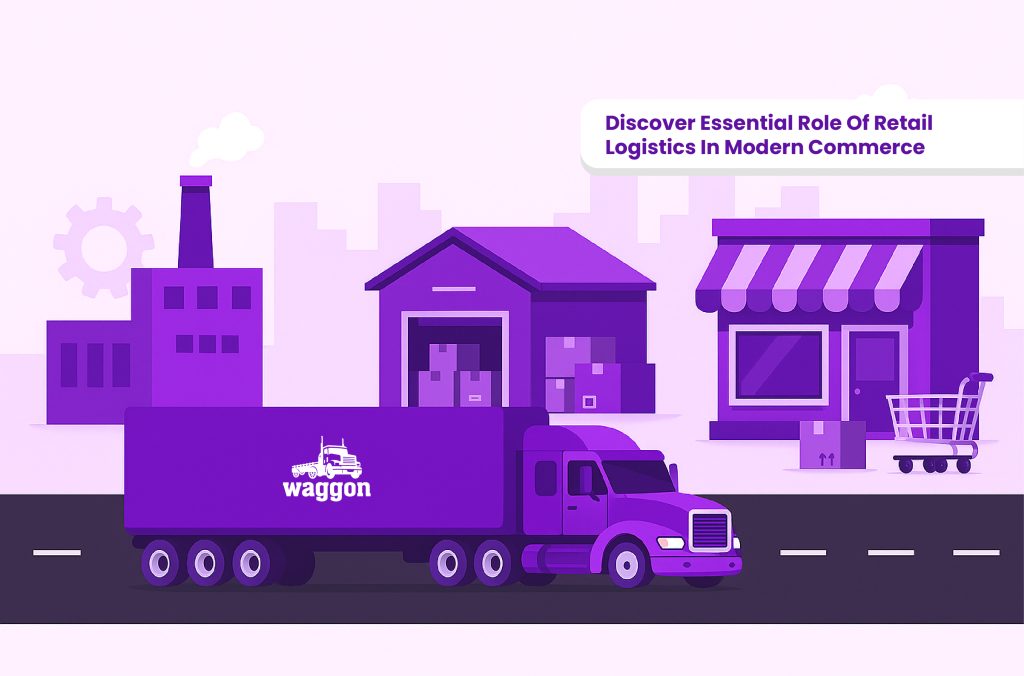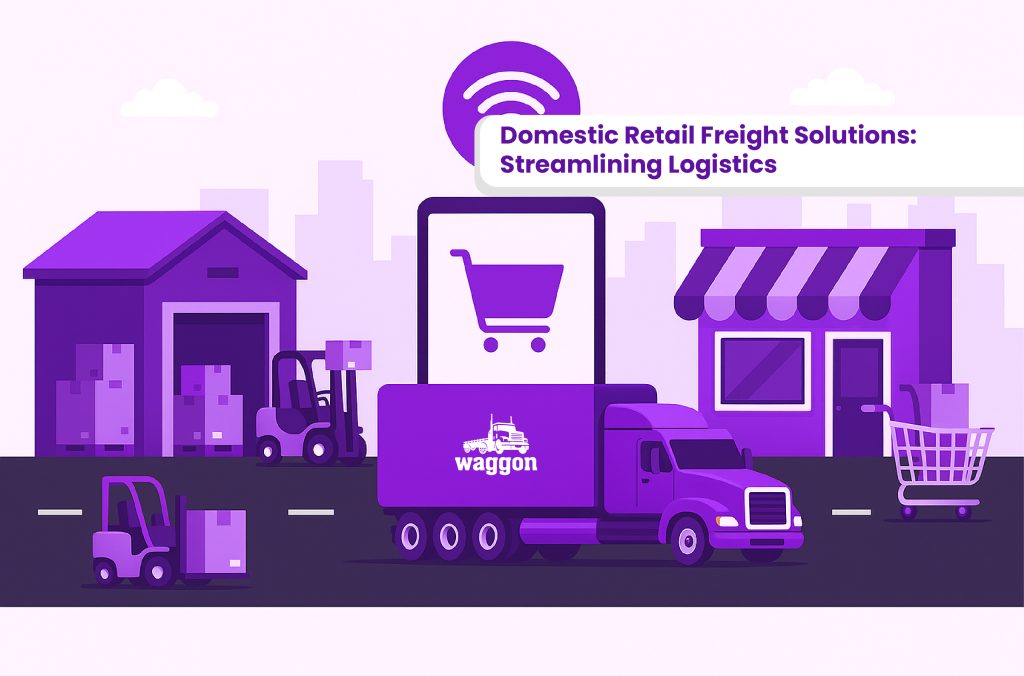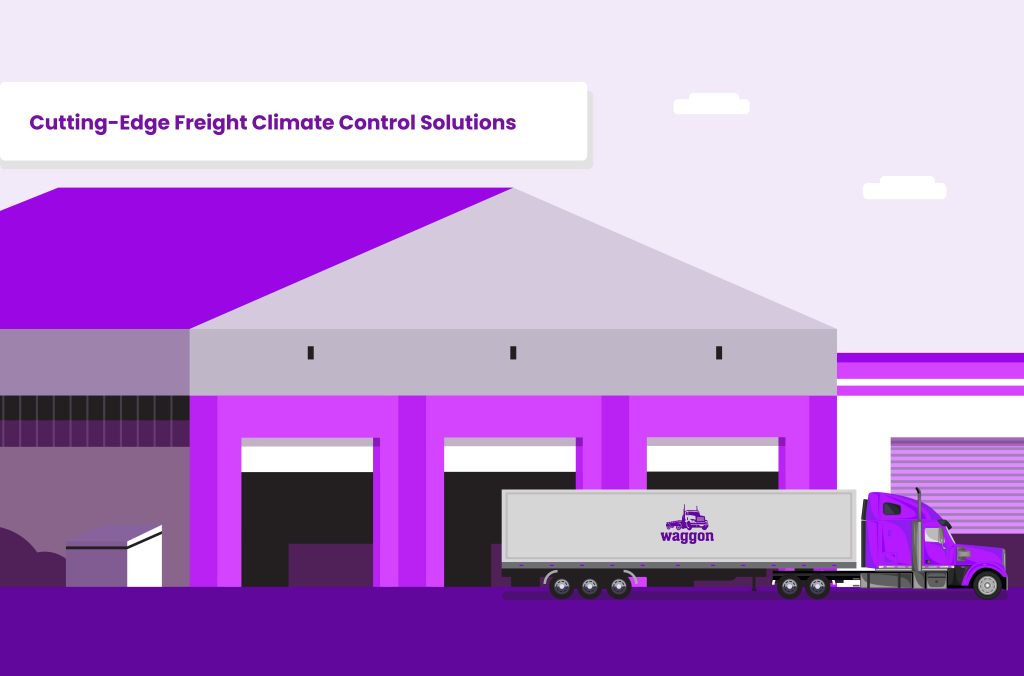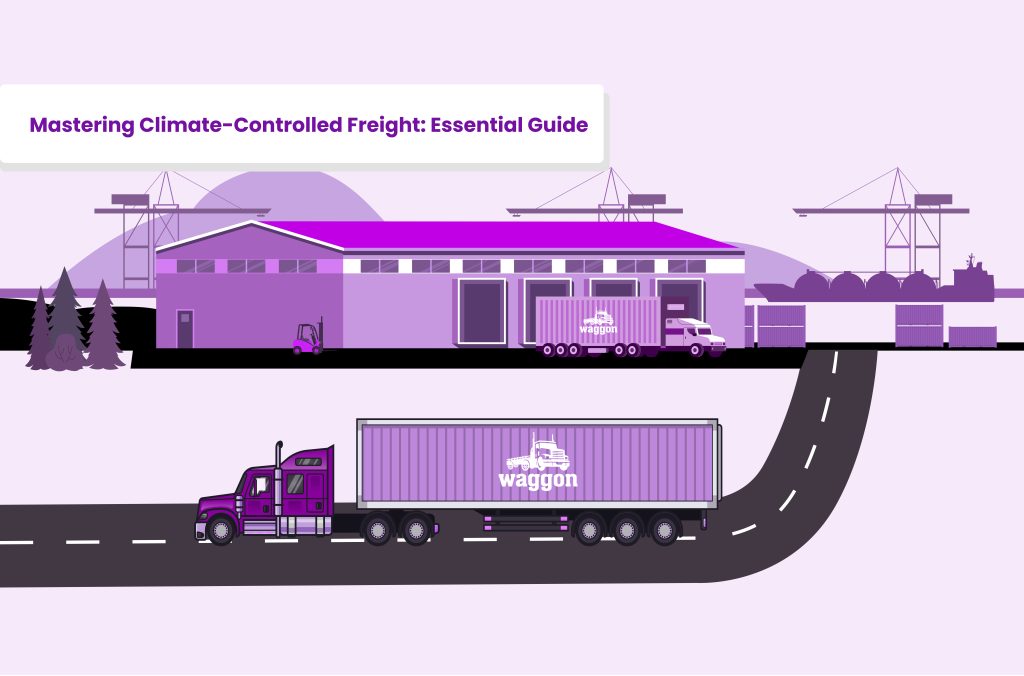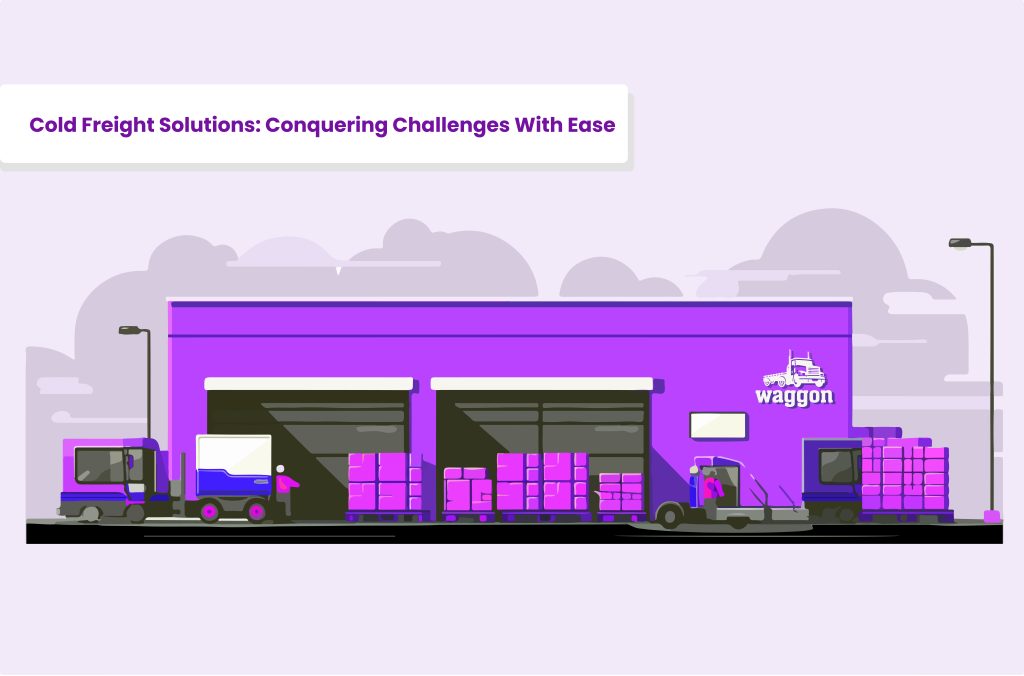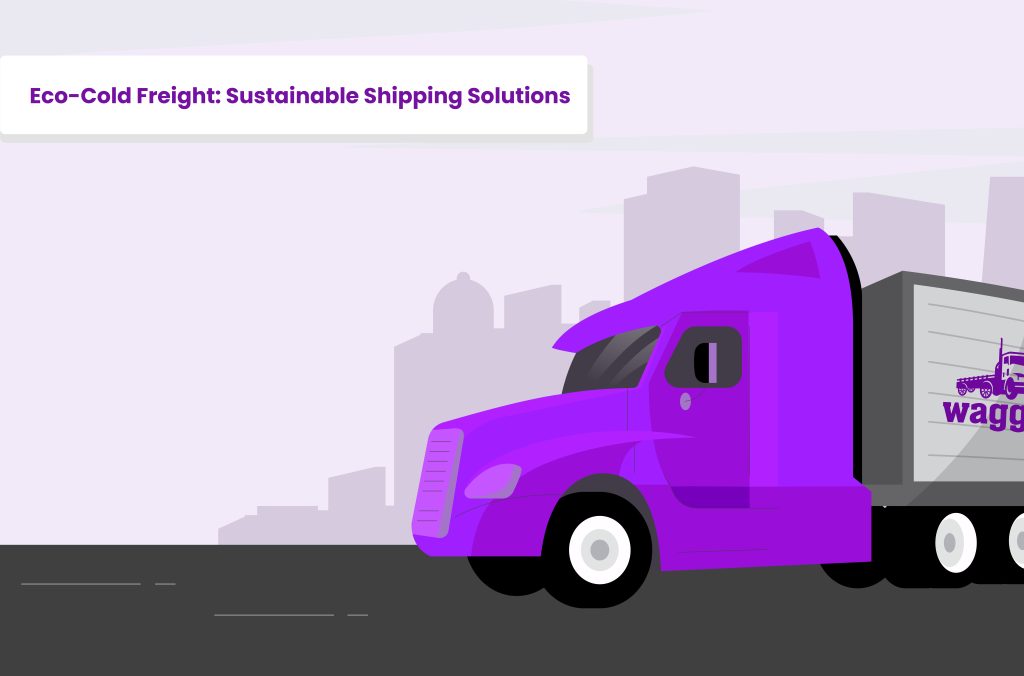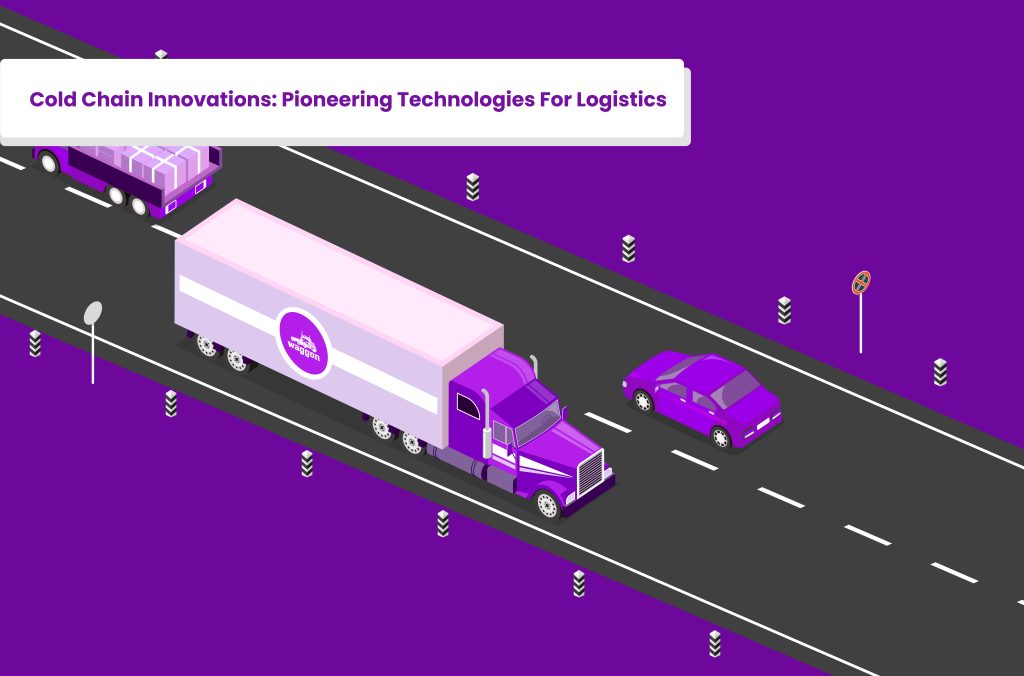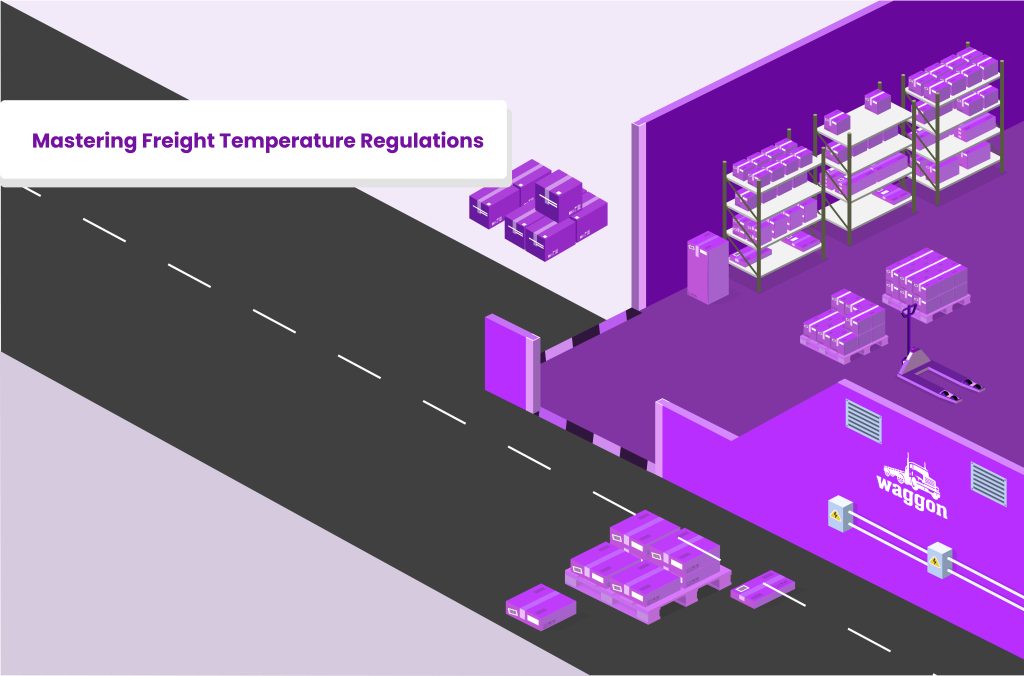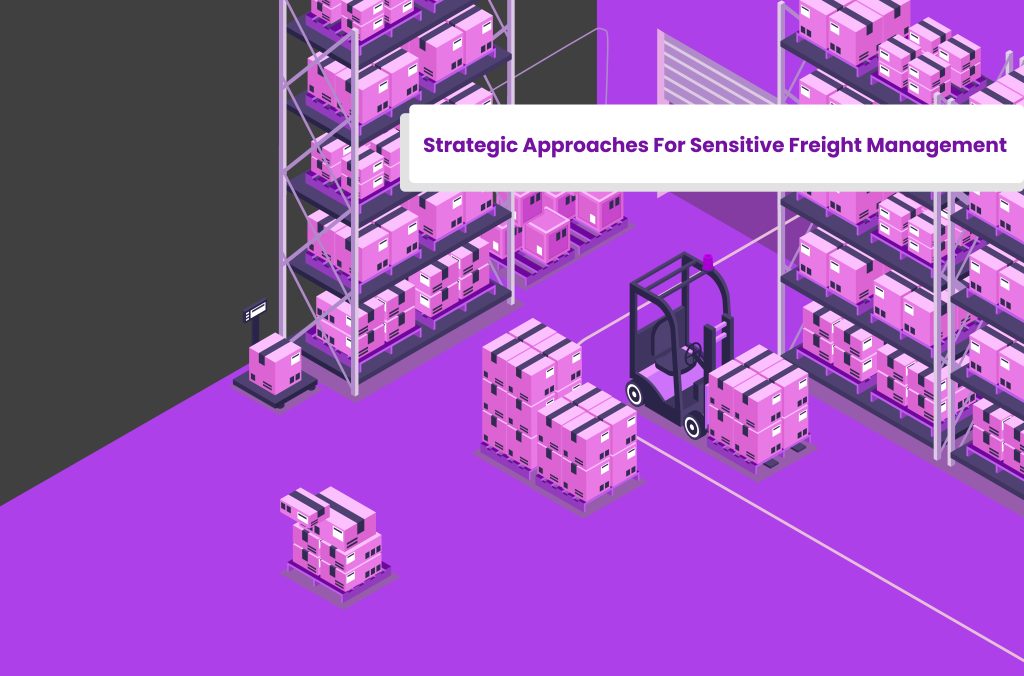Safety in dry van transport hinges on vigilance and adherence to protocols.
Key practices include hazard recognition, vehicle checks, and the correct use of personal protective gear—each step is crucial for preventing accidents and ensuring the safe delivery of cargo.
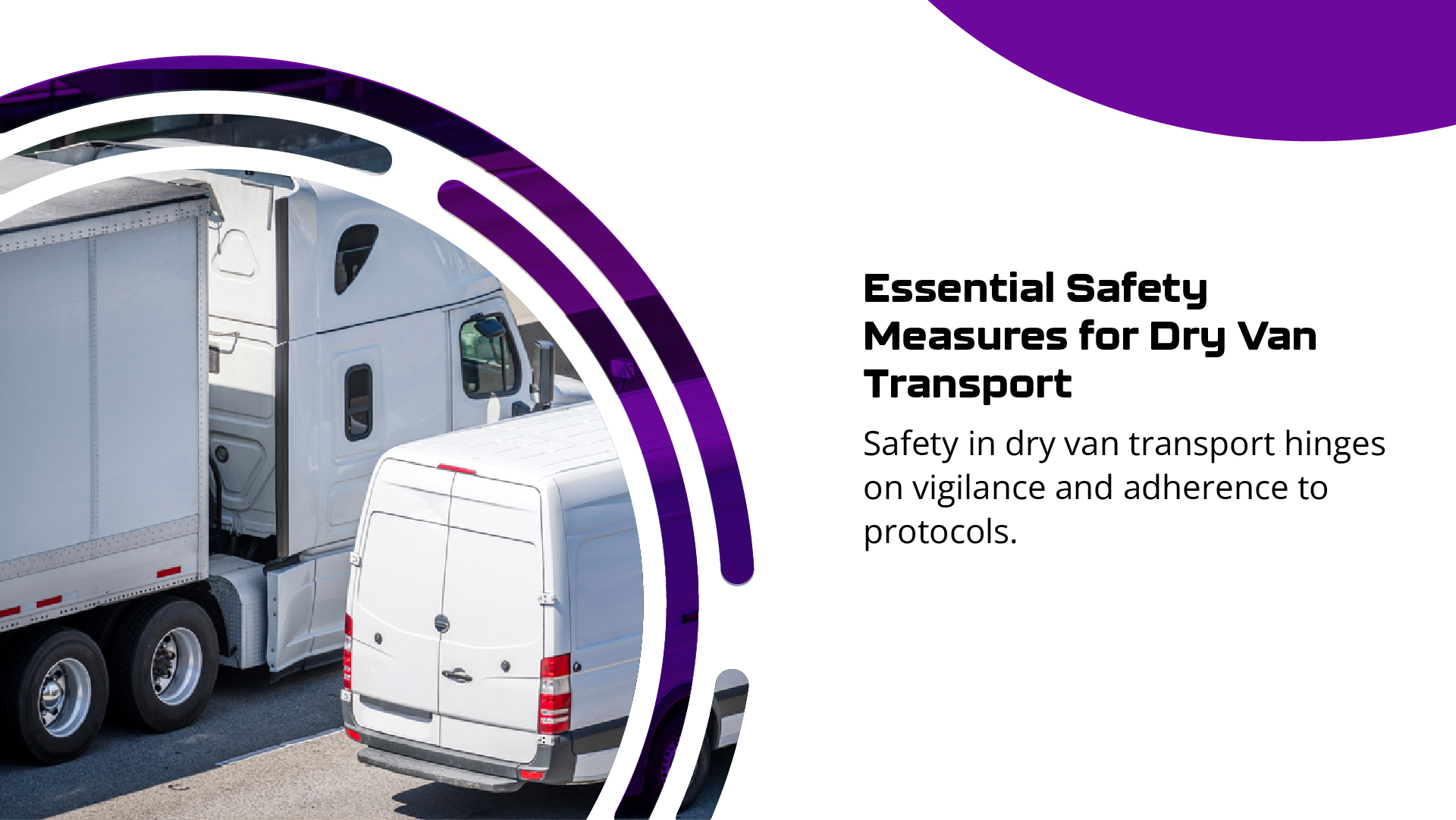
Recognizing Potential Hazards
Drivers face many risks on the road, especially in crowded traffic where accidents are more likely.
Awareness of these hazards is key for anyone involved in dry van shipping.
Congested roads aren’t the only danger; incorrect loading can also put drivers at risk of injury.
It’s crucial to identify potential issues before they lead to harm.
Loose tie-downs or poorly secured freight could shift during transport, causing damage to goods and increasing the chance of an accident.
Weather plays a big role, too; inclement conditions like rain, snow, or ice increase risks for those hauling dry van trailers.
Observing these dangers and acting proactively can prevent many common problems faced by drivers on their way to the final destination.
Conducting Proper Vehicle Inspections
After recognizing potential hazards, the next step for business owners and managers in the shipping industry is to ensure proper vehicle inspections.
This phase is crucial for maintaining dry van safety and adhering to dry van freight shipping standards.
Here’s a detailed list of how to execute thorough vehicle inspections:
- Check Tire Pressure and Tread – Ensure tires are properly inflated and have sufficient tread. This prevents blowouts and accidents during transport.
- Inspect Cargo Securement Devices – According to FMCSA cargo securement rules, all devices used to secure cargo must function correctly. Look for wear or damage in tie-downs and straps.
- Examine Brakes System – Testing brakes before hitting the road ensures they’re responsive and can handle the rigors of dry van transportation.
- Verify Lights and Reflectors Functionality – Broken or missing reflectors reduce visibility, increasing risk. Check all lights—headlights, brake lights, turn signals—and reflectors.
- Review Trailer Structure – Look for any signs of damage, such as cuts or holes in the trailer’s body, that may compromise its enclosed design, exposing cargo to outside elements.
- Assess Coupling Devices – Confirm that the coupling between the tractor and trailer is secure to prevent detachment while driving.
- Perform a Walk-Around Inspection – A visual inspection helps spot issues not covered by specific checks, ensuring every part of the dry van truck is reviewed.
- Monitor Temperature Control (when applicable) – For dry vans requiring temperature control, verify that systems are operational and set at correct levels.
Pre-trip inspections significantly reduce work-related injuries by identifying safety issues before departure, making it less likely for drivers to encounter problems while en route.
Drivers must conduct en-route inspections as well, focusing on cargo securement and tire conditions as per DOT regulations.
Never rush these inspections; taking time saves lives, money, and one’s livelihood in the long run.
By following these steps, businesses ensure their vehicles meet all safety standards for dry van shipping services—keeping drivers safe and goods intact from start to finish.
Importance of Personal Protective Equipment
Truck drivers must wear personal protective equipment (PPE) to stay safe on the job.
Gloves protect their hands when they handle freight or slide trailer tandems.
They must also wear proper footwear to transport heavy equipment safely.
Safety glasses with side shields are necessary for specific loads, like cryogenics.
PPE plays a huge role in securing and protecting cargo inside dry van trailers, which keep goods safe from theft by enclosing them on all four sides.
Truck drivers follow standard procedures during the loading, transportation, and unloading of large machinery to avoid potential injuries.
This commitment ensures everyone’s safety and keeps operations running smoothly.
